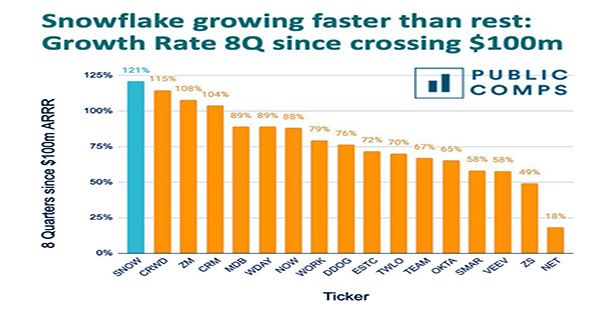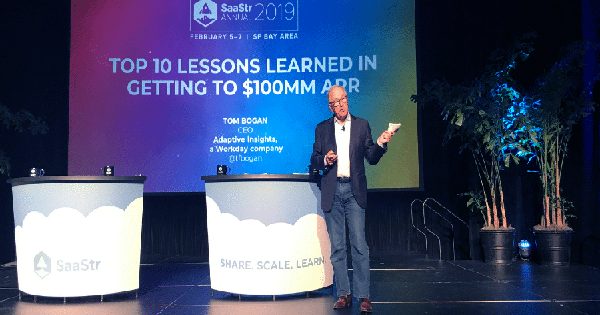During the TechCrunch disruption last week, Alex Wilhelm hosted a panel titled $100 Million ARR” at the Extra Crunch stage. He accompanied by three executives, Vineet Jain, CEO and co-founder of Egnyte, Michal Tsur, president and co-founder of Kaltura, and Sijbrandij, CEO of GitLab. Panel members discussed their path to building a successful organization – all of which could go public in the next year or two.
Here are our five favorite takeaways from the panel. These ideas should probably give some direction to the founders due to some inspiration and scaling in their own startups. After all, $100 million in ARR is just the pre-IPO milestone. Things get tougher after that.

Everyone faces hard times, but you can work through them: How his company told the story of just two years when Jain tried to extend his Series B in 2013 and faced rejection at every turn. What is worse, his money was in danger of running out within 30 days, holding hands at the beginning. “In 2011, when I was trying to raise a Series B, I turned down 13 of the partners’ meetings on Sand Hill Road [there] on Monday morning – and I thought, ‘OK, how I run my paycheck?’ “I was out for 30 days due to lack of cash,” Jain said.
An opportunity breakfast with the VC that he knew led him from a previous venture to a meeting with his firm, Kleiner Perkins. Jain said he realized Cleaner would not be interested in his start because it was too early, but the friend asked him to give him a shot. He received his Series B term sheet that weekend. What worked there? VC knew him, trusted him and as Jain said; personal fame was the main issue. In that sense, it is possible Agnew has saved millions of dollars.
Regarding the theme of working in hard times, Kaltura’s said that every startup has to face a couple of bad endings, but the best way to deal with it is to analyze and solve the underlying problems. “If someone tells you they didn’t have a quarter like that, they’re probably lying,” he said.
“I’ve been running products and platforms with Kaltura most of the time, so I always look at it from a product perspective. In addition, you know, in the end, whenever we are on the plateau; we are on the market, whether it is the product, whether it is human, and, you know, in the end, we adjust as much as we can, and “Sur said.















